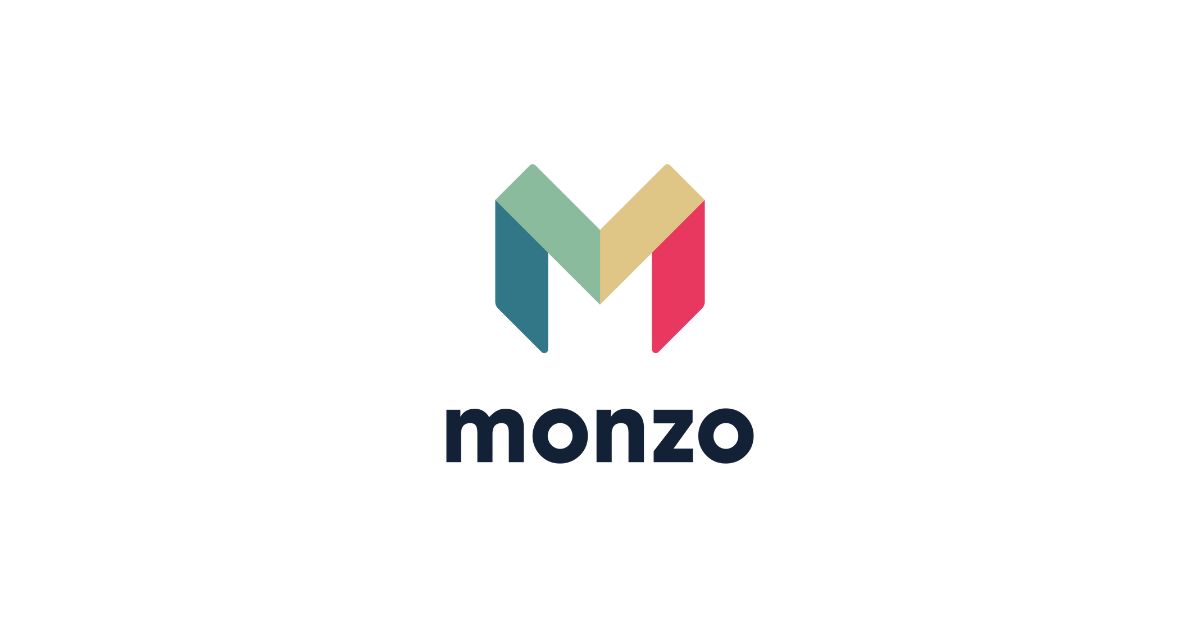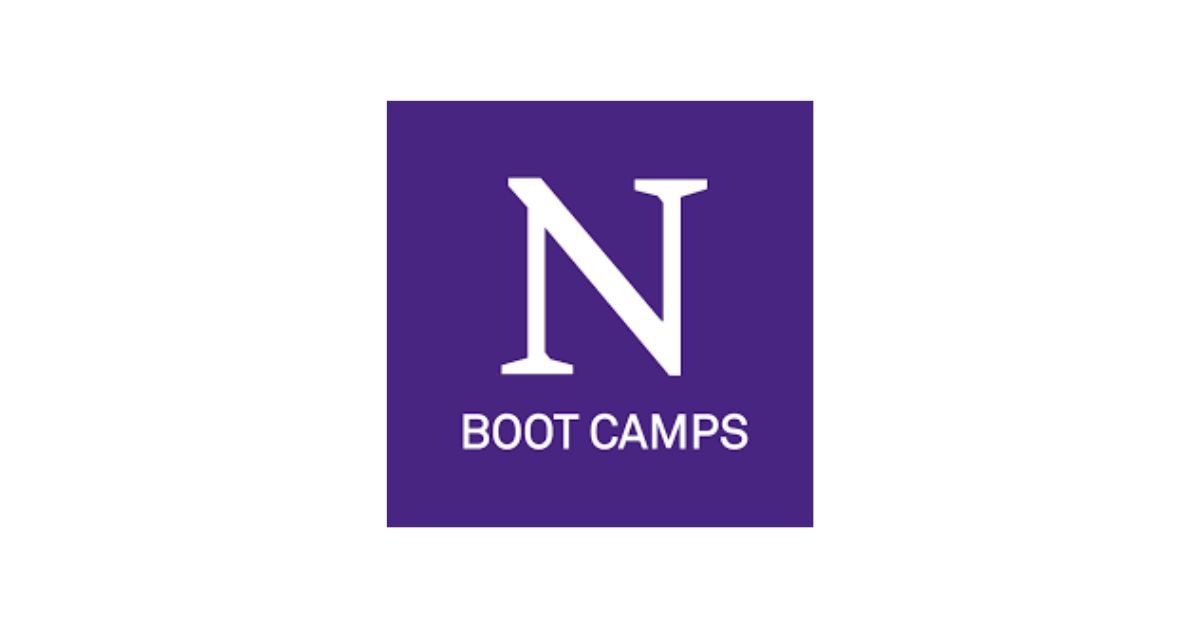Advertising and Marketing Trends in FinTech

The financial technology sector continues to evolve with consumer demands, integrating advanced technologies and innovative methods in both advertising trends and marketing trends. Companies in this space are constantly adapting their strategies to stay competitive and to ensure their messaging resonates with their target audience. In this light, we explore the shifting landscape of fintech marketing trends. Observing the dynamics of consumer behavior, fintech firms are swiftly embracing digital platforms for a more cohesive and targeted approach to customer outreach. The shift towards digital also brings a treasure trove of data, enabling marketers to refine their campaigns for maximum relevance and engagement.
The role of mobile devices in fintech marketing trends is becoming more significant. Fintech companies are optimizing their advertising strategies for mobile users, acknowledging that a growing number of financial transactions occur on smartphones and tablets. This mobile-focused trend steers the development of user-friendly apps and mobile-responsive web designs, providing customers with an on-the-go experience that aligns with their daily life.
Another dimension to the adaptive nature of fintech companies is their use of content marketing. Today’s content extends beyond simple product promotion; it educates and informs, establishing fintech brands as authorities in their field. This method builds trust and positions companies as thought leaders, fostering a more profound connection with customers. The marriage of valuable content with strategic distribution channels forms a powerful component of contemporary advertising trends.
What Are the Key Trends in the Fintech Industry?
Personalization in services is a significant trend, as consumers increasingly seek tailored financial offerings. FinTech companies leverage data analysis to provide customized recommendations and simplify personal finance management. This trend enhances user engagement and retention, as customers find more value in services that cater specifically to their needs.
Moreover, the use of artificial intelligence (AI) in the fintech sector is becoming more prevalent. AI automates complex processes, delivers real-time analytics, and enhances decision-making in financial services. By incorporating AI, fintech firms can offer innovative products that improve predictive capabilities in areas such as fraud detection, risk assessment, and customer service.
Emphasizing cybersecurity is also among the top concerns for fintech organizations. As financial transactions become increasingly digitized, protecting consumer data against breaches is paramount. Investment in cybersecurity measures ensures the protection of sensitive information, reinforces consumer trust, and adheres to stringent regulatory standards that govern the industry.
Providing secure transactions is essential for maintaining a competitive edge in fintech. As hacking techniques evolve, companies invest in the latest security technologies to safeguard their platforms. Secure and seamless transactions are a priority that helps fintechs to not only comply with regulations but also to build trust with their user base.
How Do Fintech Companies Advertise?
Fintech companies focus on establishing trust and credibility. Clear messaging, transparency, and educational content are core components of their advertising efforts. They emphasize the benefits and value provided by their financial solutions, using straightforward language to connect with consumers.
To capture the attention of their audience, fintech firms adopt a customer-centric approach in their advertisements. Knowing that finance can be complex, they aim to clarify and simplify the information they share. By demystifying financial jargon, they help users feel more comfortable and confident in making informed decisions.
Another way fintech companies advertise is through social media platforms, where they can interact with consumers directly. By actively engaging in conversations, sharing helpful tips, and responding to user queries, they build a community around their brand. This approach not only spreads awareness but also fosters loyalty and advocacy among customers.
Content marketing is also a prime strategy used by fintech businesses. By providing valuable content that addresses common financial challenges, they position themselves as knowledgeable leaders in the space. This content often takes the form of blog posts, infographics, and videos that are both informative and easily shareable.
Email marketing campaigns are another effective tool for fintech advertising. These campaigns are tailored to meet individual customer needs and preferences, delivering personalized and relevant messages that encourage users to take action, such as signing up for a service, attending a webinar, or exploring new features of a financial app.
The Evolution of Digital Advertising
Digital advertising has progressed from simple banner ads to complex campaigns involving social media, search engines, and mobile apps. Interactivity and engaging content have become more prevalent, as brands aim to capture the attention of potential users in a crowded digital ecosystem.
Fintech companies are now leveraging data analytics to fine-tune their advertising strategies. They analyze user behavior to create more personalized ad experiences. By doing so, they boost engagement rates and improve conversion metrics. Also, programmatic advertising automates the ad-buying process, ensuring fintech services reach their ideal customer demographics efficiently.
Video content is a rising star in digital advertising. Fintech brands are using video to explain complex financial concepts in easily digestible formats. These videos often provide value to the viewer, whether through educational insights or by showcasing user testimonials, increasing trust and interest in fintech services.
Moreover, as consumer concerns about privacy grow, fintechs are adjusting their digital advertising approaches to be more privacy-centric. They are adopting new methods that respect user data while still delivering relevant content. Transparency in how they collect and use data is becoming a key part of advertising messages, further strengthening customer relationships.
What is the Next Big Trend in Fintech?
Blockchain technology appears set to reshape fintech. It promises enhanced efficiency, transparency, and security, potentially transforming payments, settlements, and compliance. This trend could redefine peer-to-peer transactions and open up new possibilities for financial operations.
The implications of blockchain go beyond mere transactional benefits. It offers a shift in how we approach data integrity and accessibility. Decentralized finance built on blockchain underpins a growing sector where financial services operate on open protocols and reduce the need for intermediaries.
Fintech is also observing an uptake in tokenization, facilitated by blockchain. This process converts rights to an asset into a digital token, simplifying the process of buying, selling, and trading assets while ensuring transparency and security – hallmarks of blockchain’s potential in fintech.
Another area where blockchain is set to make an impact is in smart contracts. These self-executing contracts with the terms directly written into code can automate and streamline complex financial agreements. They offer the promise of reducing costs and increasing the speed of numerous financial processes.
What is Product Marketing in Fintech?
Product marketing within fintech centers on showcasing the functionalities and benefits of innovative financial products. Marketers craft strategies that delineate unique features, user-friendly interfaces, and technical support that these products bring to the table. Efficient product marketing highlights how these offerings stand out from conventional financial services.
This type of marketing requires a deep understanding of customer behaviors and preferences. It leverages insights gained from data analytics to tailor messages that resonate well with the target audience. By doing so, fintech companies ensure that their products not only meet customer needs but are also perceived as must-have solutions in a competitive market.
Moreover, product marketing goes beyond mere promotion; it’s about creating a narrative that aligns with customer aspirations. Whether it’s the promise of streamlined money management or superior investment opportunities, product marketing tells a story that connects emotionally with consumers and encourages them to become advocates for the brand.
Finally, product marketing in fintech is a dynamic process. As technology evolves and customer expectations shift, marketers must continuously refine their approaches. Interactive demos, informative webinars, and user feedback channels are increasingly common tools used to engage customers and keep the products relevant and appealing in a rapidly innovating industry.
Future of Fintech Marketing
- Integration of financial services with lifestyle platforms
- Advancement in personalized and automated customer journeys
- Emergence of social finance, connecting finance with social media tactics
- Continued focus on data-driven marketing to inform strategy









